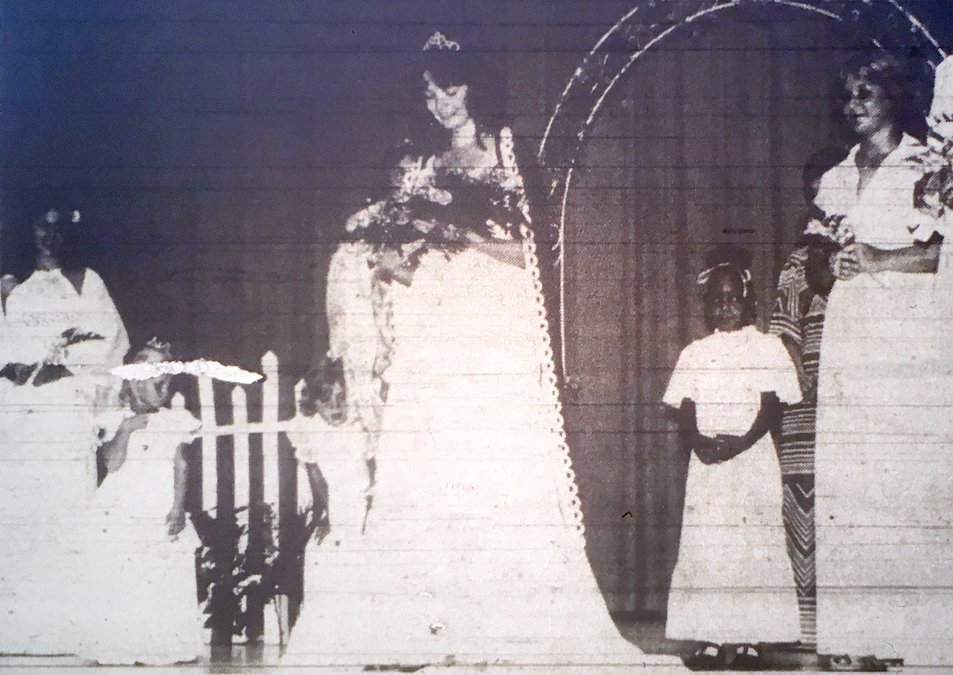Each week we’ll take a step back into the history of Great Bend through the eyes of reporters past. We’ll reacquaint you with what went into creating the Great Bend of today, and do our best to update you on what “the rest of the story” turned out to be.
It was this week in 1978 that President Jimmy Carter met with Egyptian President Anwar Sadat and Israeli Prime Minister Menachem Begin in a peace conference at Camp David, Md.. In less than two weeks, they would sign the historic Camp David Accords, which provided a framework for peace between Egypt and Israel that continues to the present day.
In the Associated Press report “Sadat, Begin arriving for summit,” appearing on the front of the Tuesday, Sept. 5, 1978 Great Bend Tribune, President Carter was aware division were deep, and issues complex, and therefore he was making no predictions of what the outcome would be.
Fighting between the two countries was a result of Israel’s occupation and settlement of Palestine. Other Arab countries were invited to take part but refused.
Prior to the accords, there had been a united Arab front against Israel for its occupation of Palestine. After, there was much criticism for both Anwar and Sadat, by their own countrymen who felt their respective sides had paid too high a price, conceded more than they wanted to. The peace continues today, as we noted, but it is not a warm and affectionate peace. Begin and Sadat shared the 1978 Nobel Peace Prize. In 1981, Sadat was assassinated by members of a jihad organization. Begin died of a heart attack in October, 1992. President Carter is in his 90s, and continues to work for peace both at home and abroad through his writing, appearances, and consultations that continue today. He is known for his work in hurricane relief efforts.
Labor Day weekend in the Golden Belt
While Carter labored towards peace, Labor Day in Barton County, Kansas, was observed the usual way. High school football teams geared up for their first games, and the city of Hoisington’s annual Labor Day Parade was observed, featuring teen queen Jan Alexander, winner of the Royalty Night Pageant , and a former legislator Ray Smith as the parade Grand Marshal.




Drinks, anyone?
Counties were racing to get Liquor-by-the-drink on the November ballot, with the understanding that the Kansas Supreme Court could find in favor of Attorney General Curt Schneider who filed a challenge against the liquor law’s legality. Earlier in the year, the state legislature gave counties the option of voting on the question provided five percent of the county’s registered voters would petition for the vote.
Loren Schartz was the petition drive coordinator for Barton County. He delivered more than the required signatures to County Clerk Ruth Painter this week in advance of the deadline. Passage meant liquor-by-the-drink could be served in private clubs. So, in 1979, a bunch of former open-to-the-public Cereal Malt Beverage saloons began charging one-time membership fees to get around the law, according to the Alcohol laws of Kansas Wikipedia page. Barton County was one of those counties where clubs could serve after 1979. Kansas’ dry laws have been whittled away at for past four decades. While we’d love to point to one decisive vote allowing the sale of alcohol in the state, the long list of little measures approved over time prohibits us from doing so.


Meter arrives
It was this year in 1978 that David Meter, now Athletic Director at Great Bend High School, began his career at Great Bend as a receiver coach for the football team, and as the cross country coach. He and other first-year and returning assistant football coaches were spotlighted in the Tribune’s sports section on Thursday, Sept. 7, 1978.
“The newest member of the Panther staff, Meter had no plans to teach until recently.
“I wasn’t even going to teach, to tell you the truth,” admitted Meter, a physical education teacher at Roosevelt Junior High. “They (Great Bend) called me up about two weeks before the season was going to start and said they needed a physical education teacher and a coach. I came down for the interview, I was lucky and I got the job.”
Meter noted that GBHS football ran “the wishbone,” something he had never done, but which was going to create excitement for the crowd if they were good.
The Panthers face Liberal for their first game that year. Meter’s goal then was to step up the team’s passing game.
So, as the Panthers face Andover away for their first game this weekend, take a moment to congratulate Meter on 40 years with GBHS if you happen to run into him this week.


Home, from Alaska
It was announced this week that Walter Hickel, the former Alaskan governor, was returning home to Claflin later that month for a visit with family and a rest. He was the second governor of Alaska, and is credited with helping to sway members of Congress to vote for statehood for the territory in 1958.
Here’s what we found on his Wikipedia page: Hickel resigned before the end of his first term so he could serve as United States Secretary of the Interior at the insistence of President Richard Nixon. Nixon didn’t bank on getting a strong environmentalist in that position, and Hickel’s stands found him in conflict with the president. But the last straw was when Hickel wrote a letter critical of the President’s position pertaining to the shooting of students at Ohio’s Kent State University. The president fired him. That, it would turn out, would become a badge of distinction. Then, in 1990, he was elected as governor of Alaska for a second time, serving as an Independent until 1994.
You can find out more about Hickel at the Claflin Historical Museum, and at the Barton County Historical Society Museum.





